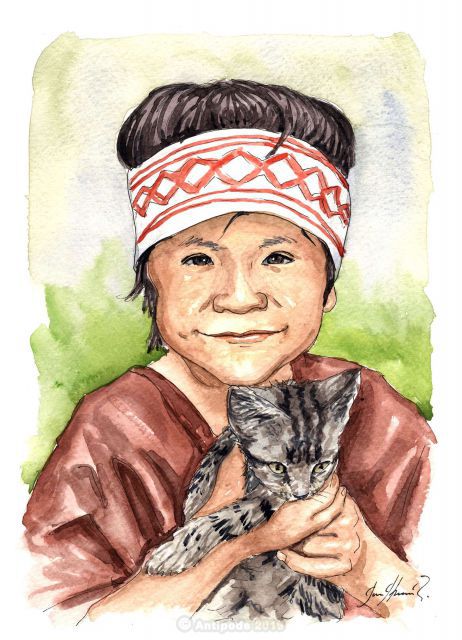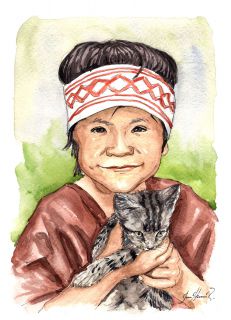

What are the main characteristics of Peru’s population?
Population in Peru
Peru represents, with Bolivia and Ecuador, one of the countries that know the largest proportion of indigenous population in Latin America.
After all, the principal characteristic of Peruvian population stills interbreeding: between European descendant, white, the native from the Andes and Afro-American. The mixing of population is very important. Nevertheless, those interbreeding are more present in certain geographical areas: on the coast, that receive almost half of the population. Diversity of skin color is real. White people, mestizos still named criollos and Afro-Americans and also Asiatic people are living together in the areas most economically dynamics of Peru. This is also in this region that a political and social elite centralize Peru’s political power. This centralization and this socio-political elite is one of these colonial legacy no one questioned ever.
In the Andes and in the amazon jungle, on the contrary, proportion of Native Americans population is even more important. In some cities like Cusco, Puno, Huaraz or Cajamarca, and in all the Andean and Amazon campaign, the majority of the population is clearly Native American. Warning, it is important to say that the indio term in Spanish evokes a negative and is easy seen as an insult; it must to be used with caution. The importance of “race” or “ethnie” continues to be important in Peru, similarly to racial biases and discriminations (of every “race” to every other).
The other characteristic of Peruvian population is the incredible density of population in its capital, Lima, which receive more than nine millions of habitants, being a third of Peruvian population. This status give it a very particular place in the economic, social and political life of the country. The rural exodus between the years 1980 and 2000 led to a spectacular rise of publos jovenes, districts with unstructured and chaotic organization where urban poverty is growing up very quickly. Rural and agrarian population halved between the year 1960 and nowadays, so the human concentration in Lima’s region starts to become very problematical.



